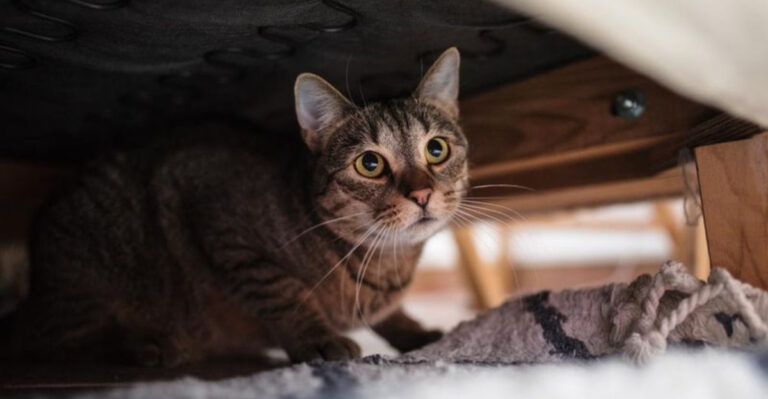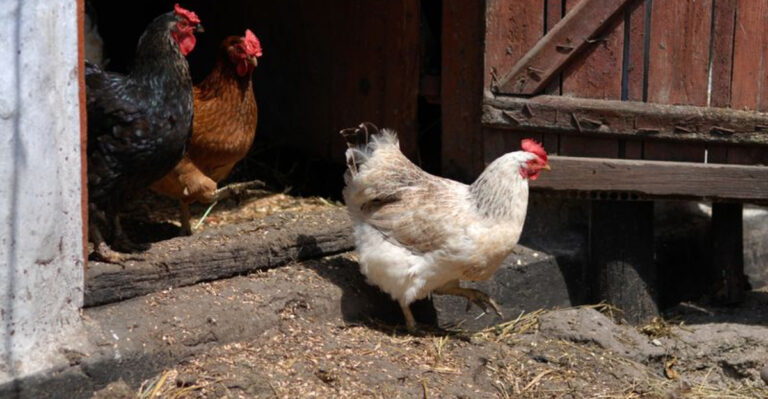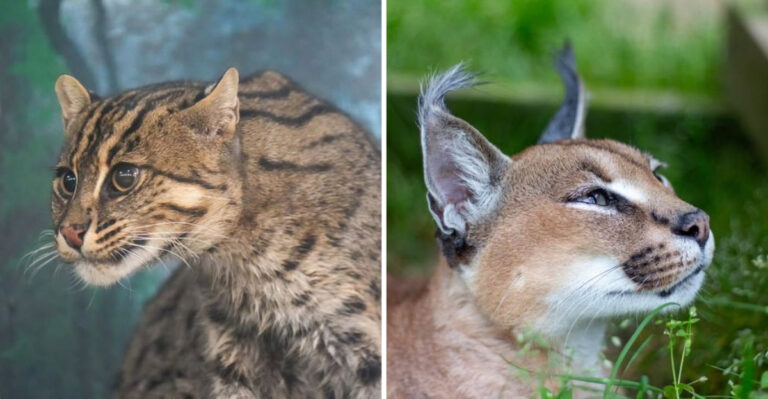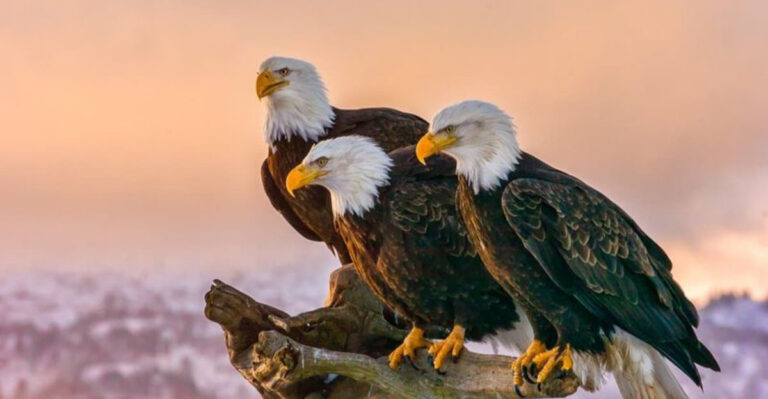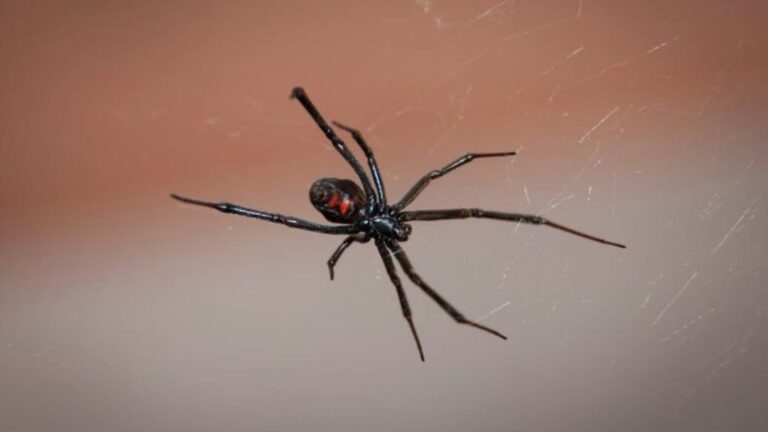U.S. Animals That Are Protected By Law (And Why)
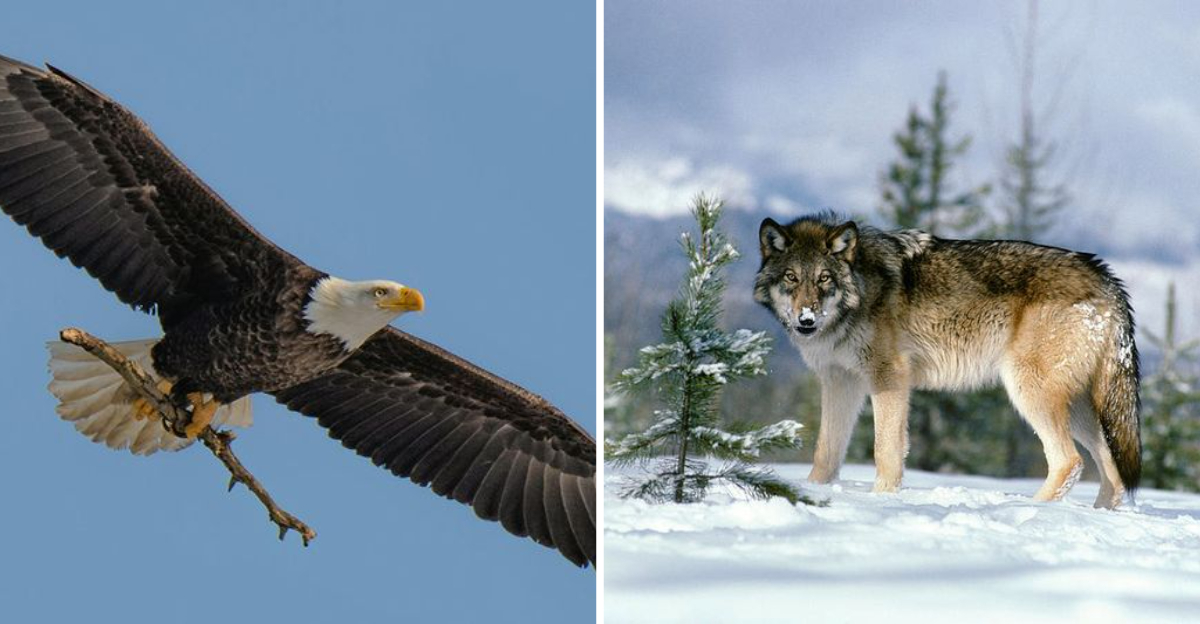
The United States is home to a diverse array of wildlife, many of which are protected by law due to threats like habitat loss, climate change, and poaching.
These legal protections aim to preserve the natural heritage and biodiversity of the country.
In this article, we explore 19 unique animals that have received special protection under U.S. law and the fascinating reasons behind their conservation.
1. Bald Eagle

Shall we talk about the bird that’s not just any bird, but a national symbol? The bald eagle, with its impressive wingspan, is a sight to behold as it soars through the skies. It’s hard not to feel a sense of awe when you spot this majestic creature.
But did you know that the bald eagle was once on the brink of extinction? Thanks to conservation efforts, these birds have made a triumphant comeback.
The Bald and Golden Eagle Protection Act ensures they stay protected, safeguarding their future for generations to come.
What’s the magic around these eagles you ask? It’s their eye-catching plumage and that iconic white head. Nothing says freedom quite like the silhouette of a bald eagle against a clear blue sky, does it?
2. Gray Wolf
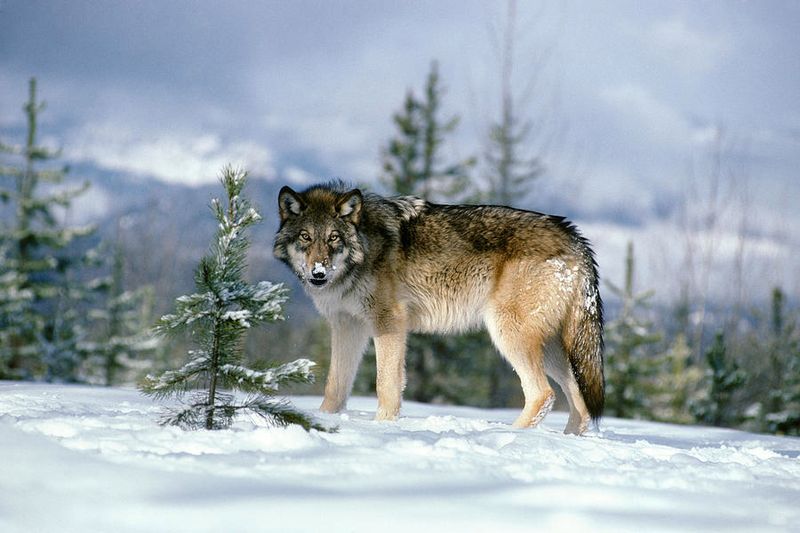
Ever heard a howl that sends shivers down your spine? That might just be the call of the gray wolf, an animal that has captivated humans for centuries. These apex predators are social creatures, thriving in packs with complex hierarchies.
Once hunted to near extinction, gray wolves are now protected under the Endangered Species Act. This has allowed their populations to recover in certain areas. Their presence is crucial for maintaining the balance in their ecosystems.
So why the fascination with wolves? Maybe it’s their mysterious nature or the way they mirror human social structures. Whatever it is, these creatures hold a special place in the wild heart of America.
3. Florida Manatee
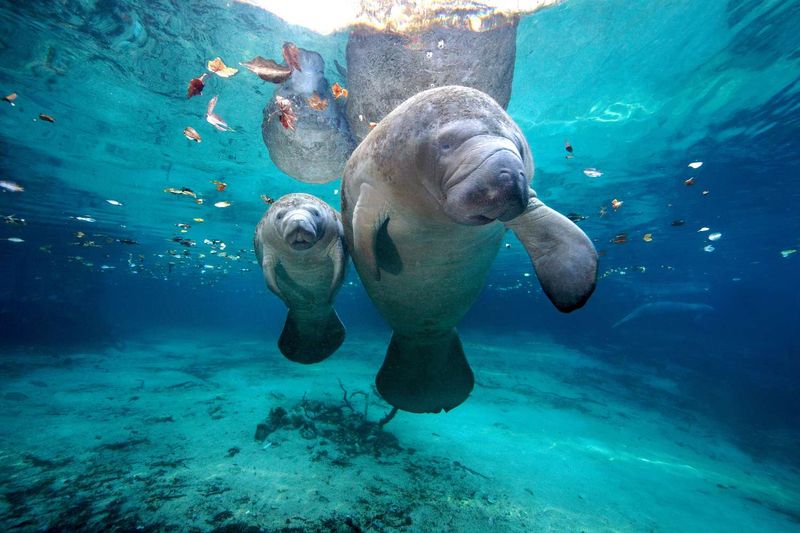
Imagine floating lazily through warm, crystal-clear waters. That’s a typical day for a Florida manatee, often called sea cows for their slow, grazing habits. These gentle giants are a delight to watch as they glide through their aquatic homes.
Protected under the Marine Mammal Protection Act, these creatures face threats from boat collisions and habitat loss. Conservation efforts focus on ensuring safe waterways and preserving their natural habitats.
What makes manatees so endearing? Perhaps it’s their serene demeanor or their curious nature. Either way, spotting a manatee is like finding a piece of tranquility in the bustling natural world.
4. California Condor
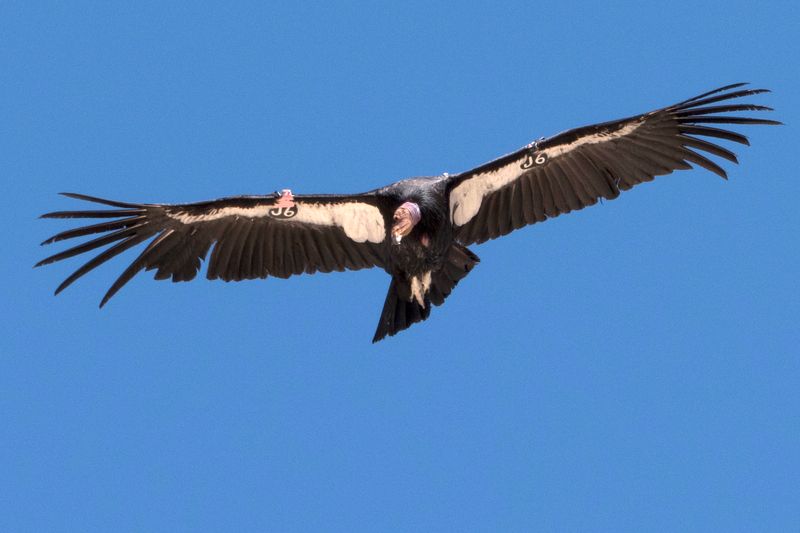
With a wingspan that could rival a small airplane, the California condor is a true marvel of the avian world. These vultures aren’t just big; they’re among the largest flying birds in North America.
Once numbering only 27, these condors were brought back from the brink through captive breeding and protection under the Endangered Species Act. Their recovery is a testament to the power of conservation.
Why do we care so much about these large birds? Perhaps it’s the way they soar effortlessly over the rugged landscapes, a symbol of resilience and hope. Their story is one of survival against the odds.
5. American Bison
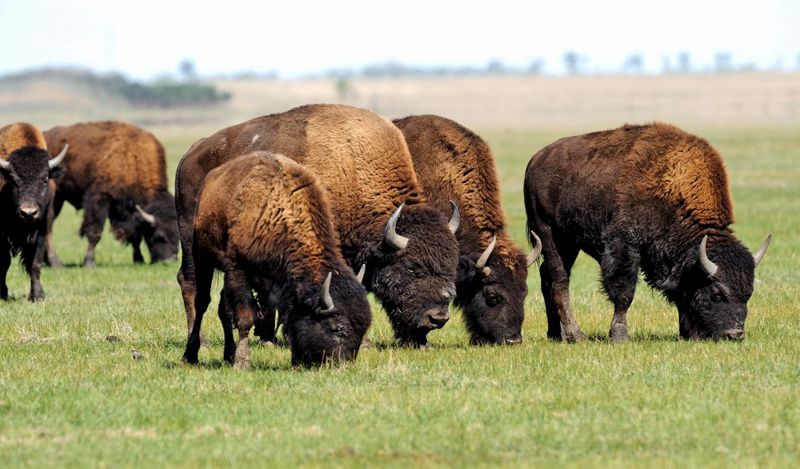
Picture this: a vast plain, a gentle breeze, and a herd of bison moving majestically across the landscape. The American bison, once roaming in millions, is an icon of the great plains. They’re not just any herd; they are the embodiment of the American West.
Thanks to the National Bison Legacy Act, these animals are protected and celebrated as the national mammal of the United States. This recognition helps promote their conservation and the restoration of their habitats.
What’s so special about bison? Maybe it’s their sheer size and strength or their historical significance. They stand as a symbol of America’s natural and cultural heritage.
6. Loggerhead Sea Turtle

Imagine navigating the vast ocean with the ease of a seasoned sailor. That’s life for the loggerhead sea turtle, a creature perfectly adapted to the marine world. These turtles are oceanic travelers, known for their incredible migration journeys.
Protected under the Endangered Species Act, loggerheads face threats like accidental capture in fishing gear and loss of nesting sites. Conservation efforts focus on reducing bycatch and protecting nesting beaches.
Why do these turtles matter? Their existence is crucial for healthy marine ecosystems, and their long migrations connect ecosystems across oceans. They truly are the nomads of the sea.
7. Red-Cockaded Woodpecker

Ever heard a rat-a-tat echoing through a pine forest? You might have stumbled upon the red-cockaded woodpecker, a bird with a knack for carpentry. These woodpeckers are unique, depending on mature pine forests for their homes.
Listed as endangered, they benefit from habitat conservation efforts under the Endangered Species Act. By preserving longleaf pine ecosystems, we ensure these birds continue their rhythmic drumming.
Why are they so captivating? It’s their craftiness and the way they transform trees into intricate homes. They remind us of the delicate balance between species and their environments.
8. Hawaiian Monk Seal
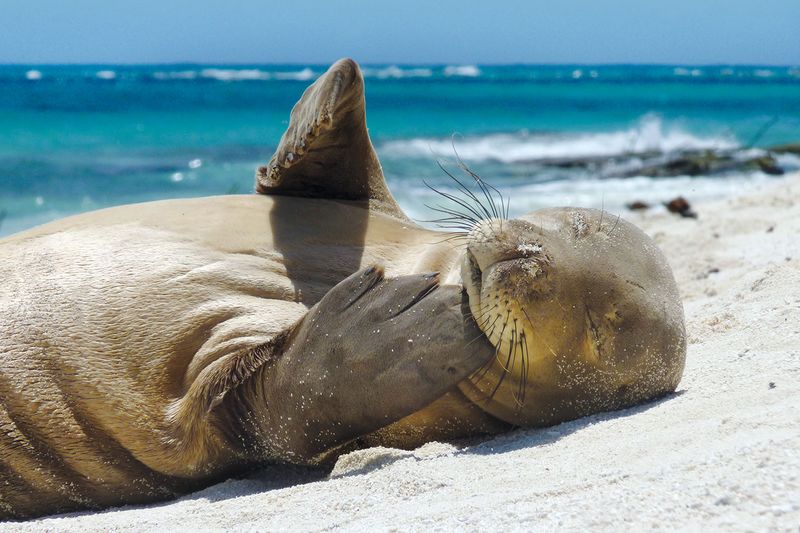
What do you get when you mix a beach bum with a swimmer? The Hawaiian monk seal, of course! These seals are the embodiment of island living, spending their days basking on sandy shores.
Protected under the Marine Mammal Protection Act, these seals face threats from human disturbance and entanglement in fishing gear. Conservation efforts in Hawaii focus on habitat protection and public education.
Why do they matter? As one of the most endangered marine mammals, their survival is crucial for maintaining healthy marine ecosystems. Plus, their laid-back lifestyle is a charming reminder of the simple joys of island life.
9. Grizzly Bear
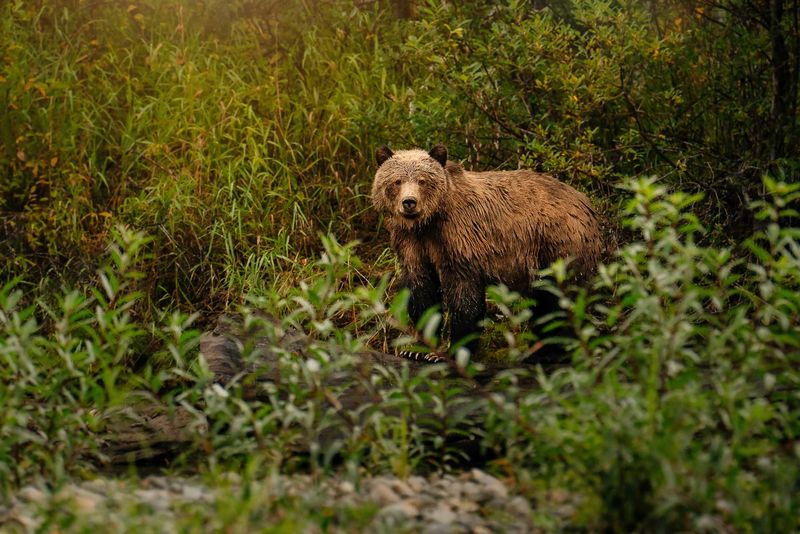
What’s more exhilarating than seeing a grizzly bear in the wild? These bears, with their formidable presence, command respect and awe. They are the undisputed kings of North America’s forests and mountains.
Protected under the Endangered Species Act in the lower 48 states, grizzlies face threats from habitat loss and human conflict. Conservation efforts focus on habitat preservation and reducing human-bear interactions.
Why save the grizzlies? Their presence is vital for ecosystem balance, and they’re an iconic symbol of wilderness. They remind us of the wild, untamed beauty of nature.
10. Piping Plover
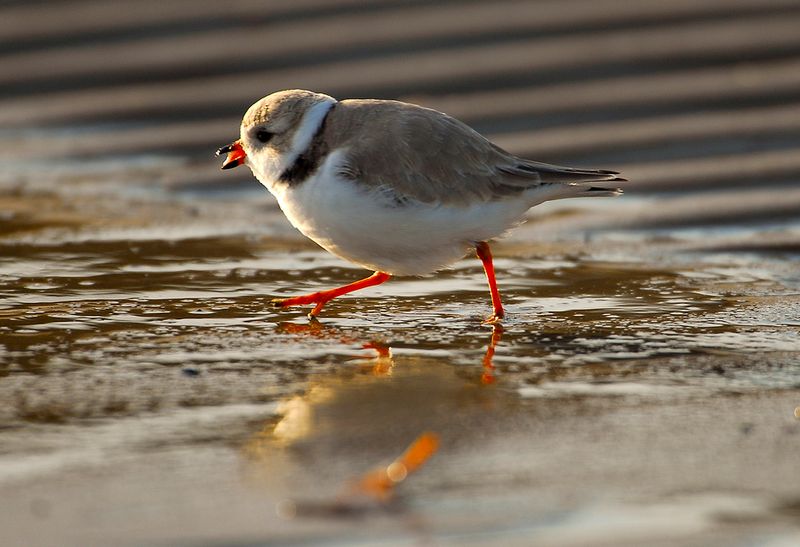
Tiny but mighty, the piping plover is a true beachcomber. These small shorebirds are known for their delicate appearance and charming behavior as they scurry along sandy shores.
Protected under the Endangered Species Act, piping plovers are vulnerable to habitat disturbance and predation. Conservation efforts include protecting nesting areas and managing human activities on beaches.
Why are they precious? It’s their resilience and adaptability in the face of challenges. They’re little ambassadors for coastal conservation, reminding us of the fragile beauty of our shorelines.
11. American Alligator
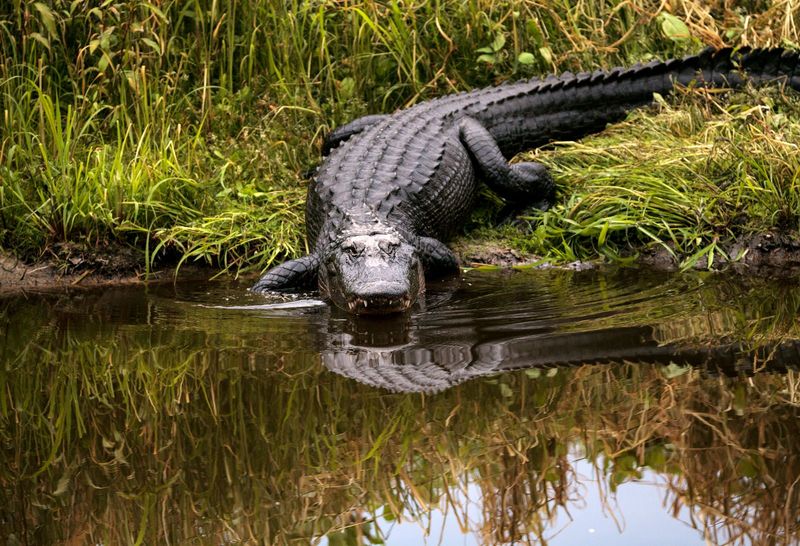
What’s lurking in the waters of the southeastern U.S.? The American alligator, a modern-day dinosaur that’s both feared and admired. These reptiles are masters of the marsh, with their stealthy movements and powerful jaws.
Once endangered, the alligator’s populations have rebounded thanks to legal protections. The Endangered Species Act played a key role in their recovery, highlighting the success of conservation efforts.
Why the allure of alligators? Maybe it’s their prehistoric appeal or their role as top predators in their ecosystems. They’re not just swamp dwellers; they’re vital for maintaining wetland health.
12. Northern Spotted Owl
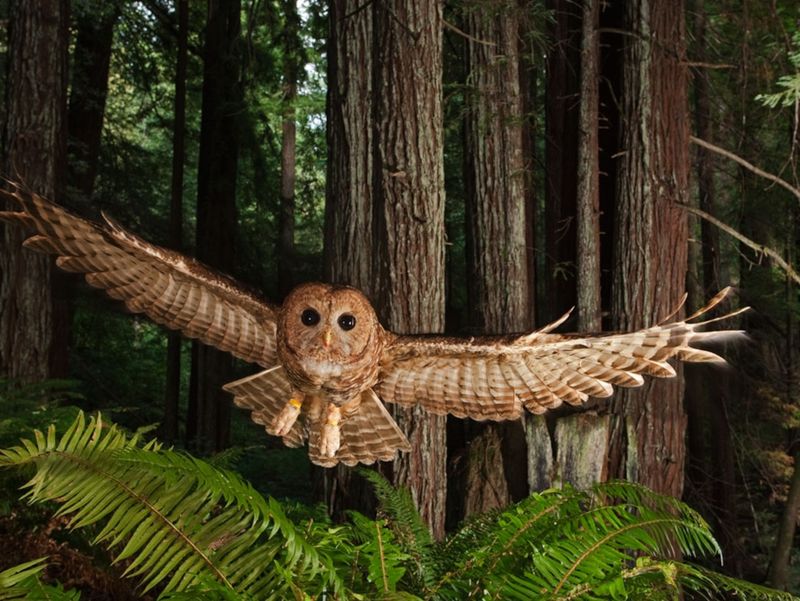
In the mysterious, shadowy forests of the Pacific Northwest, the northern spotted owl reigns supreme. These owls are symbols of the ancient, untouched wilderness of the region.
Listed as threatened under the Endangered Species Act, their survival is tied to the preservation of old-growth forests. Conservation efforts focus on habitat protection and sustainable forestry practices.
Why are they important? They’re indicators of forest health and biodiversity. Their haunting calls remind us of the wild beauty and complexity of natural ecosystems.
13. Whooping Crane
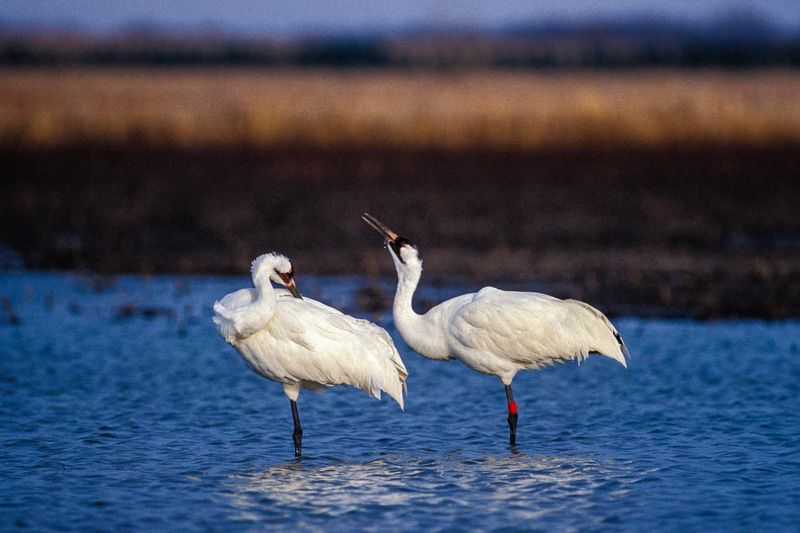
With a dance as graceful as its name suggests, the whooping crane is a sight to behold. These elegant birds are known for their striking white plumage and loud, distinctive calls.
Protected under the Endangered Species Act, whooping cranes face threats from habitat loss and degradation. Conservation efforts include habitat restoration and captive breeding programs.
Why do they captivate us? Their recovery journey is a beacon of hope for conservationists. They symbolize the possibility of reversing the damage done to our natural world.
14. Gila Monster

Ever met a creature with a name as menacing as its looks? The Gila monster, with its vibrant scales and sluggish demeanor, is one of the few venomous lizards in the U.S.
They’re protected under state laws in Arizona and New Mexico, where they face threats from habitat destruction and illegal collection. Conservation measures focus on habitat preservation and public education.
What’s the charm of Gila monsters? Perhaps it’s their unique appearance and rarity. They’re not just desert dwellers; they’re a crucial part of the ecosystem, controlling insect and small mammal populations.
15. Key Deer
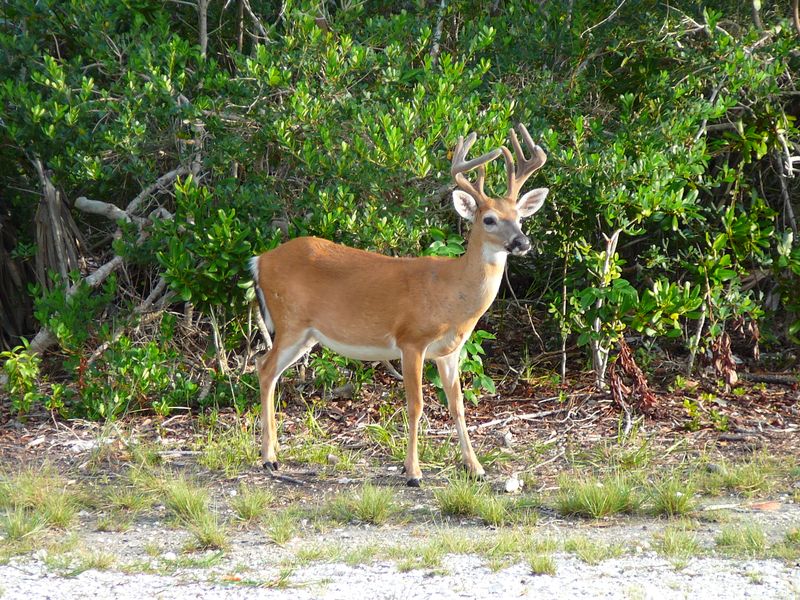
Imagine a deer that’s as small as a large dog, wandering through the tropical forests of the Florida Keys. That’s the charming Key deer, a subspecies of the white-tailed deer.
Protected under the Endangered Species Act, Key deer face threats from habitat loss and vehicular collisions. Conservation efforts include habitat restoration and road management to reduce vehicle strikes.
Why are Key deer special? Their petite size and unique island home make them a fascinating subject of conservation. They’re a reminder of the unique biodiversity found in isolated environments.
16. Mexican Gray Wolf
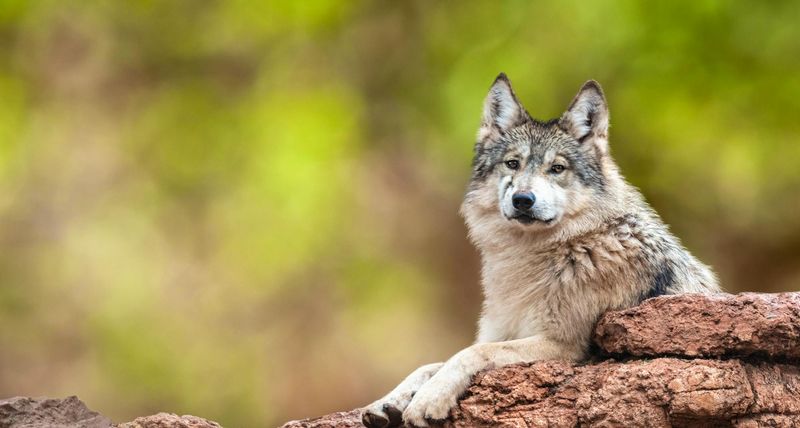
In the rugged terrains of the American Southwest, the Mexican gray wolf roams as a symbol of the wild frontier. Known for their distinctive markings, these wolves are the rarest subspecies in North America.
Protected under the Endangered Species Act, their populations are slowly recovering through reintroduction programs. These wolves are critical for maintaining ecological balance in their habitats.
Why do they fascinate us? It’s their elusive nature and the challenges they face in the wild. They’re not just survivors; they’re a testament to the resilience of the natural world.
17. San Joaquin Kit Fox

With ears too big for its head and a tail that’s all fluff, the San Joaquin kit fox is a pint-sized predator with a big personality. These foxes are masters of survival in the arid landscapes of California.
Listed as endangered, they face habitat fragmentation and urban encroachment. Conservation efforts focus on habitat protection and connectivity to ensure their survival.
What makes them endearing? Their adaptability and unique adaptations for living in harsh environments. They’re a reminder of the delicate balance required to sustain life in diverse ecosystems.
18. West Indian Manatee

Imagine a creature that glides through the water like a gentle submarine. The West Indian manatee, cousin to the Florida manatee, is equally captivating with its slow, peaceful movements.
Protected under the Marine Mammal Protection Act, these manatees face threats from pollution, boat strikes, and habitat loss. Conservation efforts emphasize habitat protection and public awareness.
Why are they important? Their role in maintaining healthy seagrass beds is critical for the marine ecosystem. They’re more than just sea cows; they’re vital for the health of their aquatic homes.
19. Atlantic Green Sea Turtle
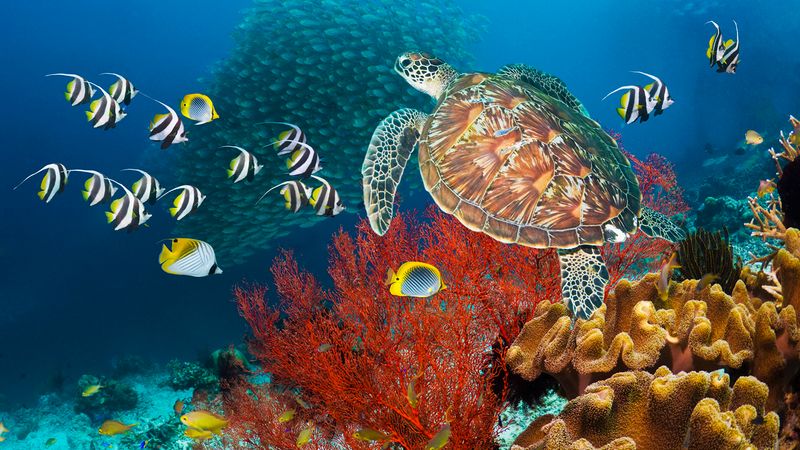
Picture a serene underwater world where a graceful giant swims effortlessly. That’s the life of the Atlantic green sea turtle, known for its vibrant greenish shell and herbivorous diet.
Protected under the Endangered Species Act, these turtles face threats from poaching and habitat degradation. Conservation efforts focus on protecting nesting sites and reducing bycatch in fisheries.
Why save these turtles? Their presence is crucial for maintaining healthy coral reefs and seagrass beds. They’re not just ocean wanderers; they’re keystones in marine ecosystems.

